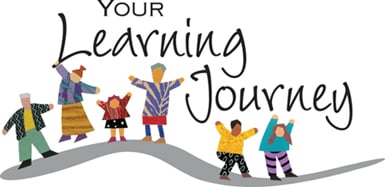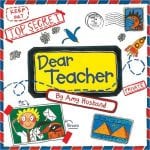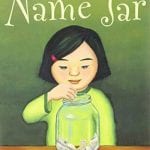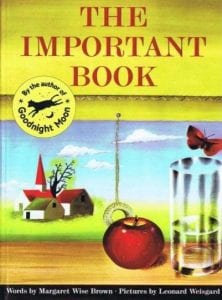by C. Elkins, OK Math and Reading Lady
Welcome Back! Here are a few links to some of my previous posts regarding teamwork, student engagement, literacy and math. You might be interested in these to help start your journey this year. And in case you didn’t see it, I have an easy link to most of my own free resources. Click here to get it now, but it is also available in the black bar above. Have a great start to your year and Enjoy!!! Please invite some of your new teachers to check out my blog! Also check the categories list on the website (side bar if using a monitor, bottom of the webpage if using a phone). The search bar might also help you with what you are looking for. Have a great start to your year!!
- Getting to know you literature connection and math activity
- Building a classroom community (includes link to great team building practices)
- Writing part 1
- Guided Reading Part 1: Getting Started
- Guided Reading Part 2: Routines and Procedures
- Meaningful Student Engagement: Whole Class Reading
- Daily Math Meeting Part 1: Building Number Sense
- Daily Math Meeting Part 2: Subitizing
- Addition and Subtraction Part 1: Numerical Fluency
- Addition and Subtraction Part 3: Facts Strategies
- Multiplication Strategies Part 1
- Fractions Part 1: The basics
Some other tips to get prepared for your literacy lessons:
- Organize your classroom books. Small tubs that can be brought to desk pods is helpful. Labels such as these help get the books returned to the right tub: animals, friends, plants, weather, Clifford, by author, etc. Think about a gradual release of your reading materials so students aren’t overwhelmed at the beginning of the year. This way you can go over procedures for book selection, silent reading, how to treat books, etc. When I was in the classroom, I selected 5 tubs to put out onto desk pods each week (1 tub per pod). These were rotated daily. The tubs were selected based on developmental level and theme. At the beginning of the year the tubs might be: friends, school, alphabet, problem solving, etc. Students could select from the tub at their pod during the day instead of everyone gathering at the bookshelf. Each student made a bookmark with their name on it (which I laminated). They could put their book mark in it to signal to others in their group that they wanted to continue with that book later in the day. Each group had a “captain” for the week and they were in charge of making sure the books were in good order.
- Plan for your word wall. I recommend building the word wall as the year goes along, with the children involved in placing words there (rather than coming in with a complete “busy” word wall).
- Make a pledge to keep your guided reading table cleared and ready. Do you have these materials handy? Small whiteboards, markers, erasers, pencils, letter tiles or magnetic letters, sight word cards, pointers, small magnifying glasses, post-it notes, laminated graphic organizers, small teaching reference charts . . .
- Literacy activities for students to do while you are assessing. Get out those task cards for students to review skills from last year so you can do your required assessments. Try to include a running record if possible to help determine each child’s strategies. Procedures for the activities will be important to establish so that by your sixth week of school you will be ready to start guided reading.
General welcome back tips:
- Sharpened pencil(s): This is my most recommended tip. Give each student 1-2 already sharpened pencils to start their first day. I learned this the hard way. First graders couldn’t sharpen their own pencils so I just about tore my arm/shoulder up sharpening pencils for them. Plus the electric one can’t take so many attempts. So it’s worth it!!
- Welcome bag: Check out this link for a cute poem and ideas for goody bags to welcome your students to your class: https://blog.reallygoodstuff.com/welcome-back-to-school-goodie-bags-by-hadar-maor/
- Think about how you are going to keep contact with parents. I recommend some of the following:
- Keep a separate log to keep track of phone, text, or email contacts (date, student name, parent name, reason, result)
- Make it a goal to contact a specific number of parents each week with good news.
- Try a weekly or monthly class newsletter. This is a great communication tool to let parents know what stds. you are working on, what they can do to help at home, activity ideas, sharing successes, advise them of things coming up, etc.
- Start your own blog for your class. Then you can include the above newsletter type items, plus pictures, etc.
- Work to create a classroom community. I love the Responsive Classroom approach (Morning Meeting is one highly recommended routine). Everything you can do to build the sense of a classroom community will pay off in many ways!! Here is their website link to great articles and advice: https://www.responsiveclassroom.org/articles/
 As part of building a classroom community, you likely will have many discussions about diversity, friendship, and showing respect in various ways. Here are some great resources for literature that might emphasize the point you are trying to make.
As part of building a classroom community, you likely will have many discussions about diversity, friendship, and showing respect in various ways. Here are some great resources for literature that might emphasize the point you are trying to make.
